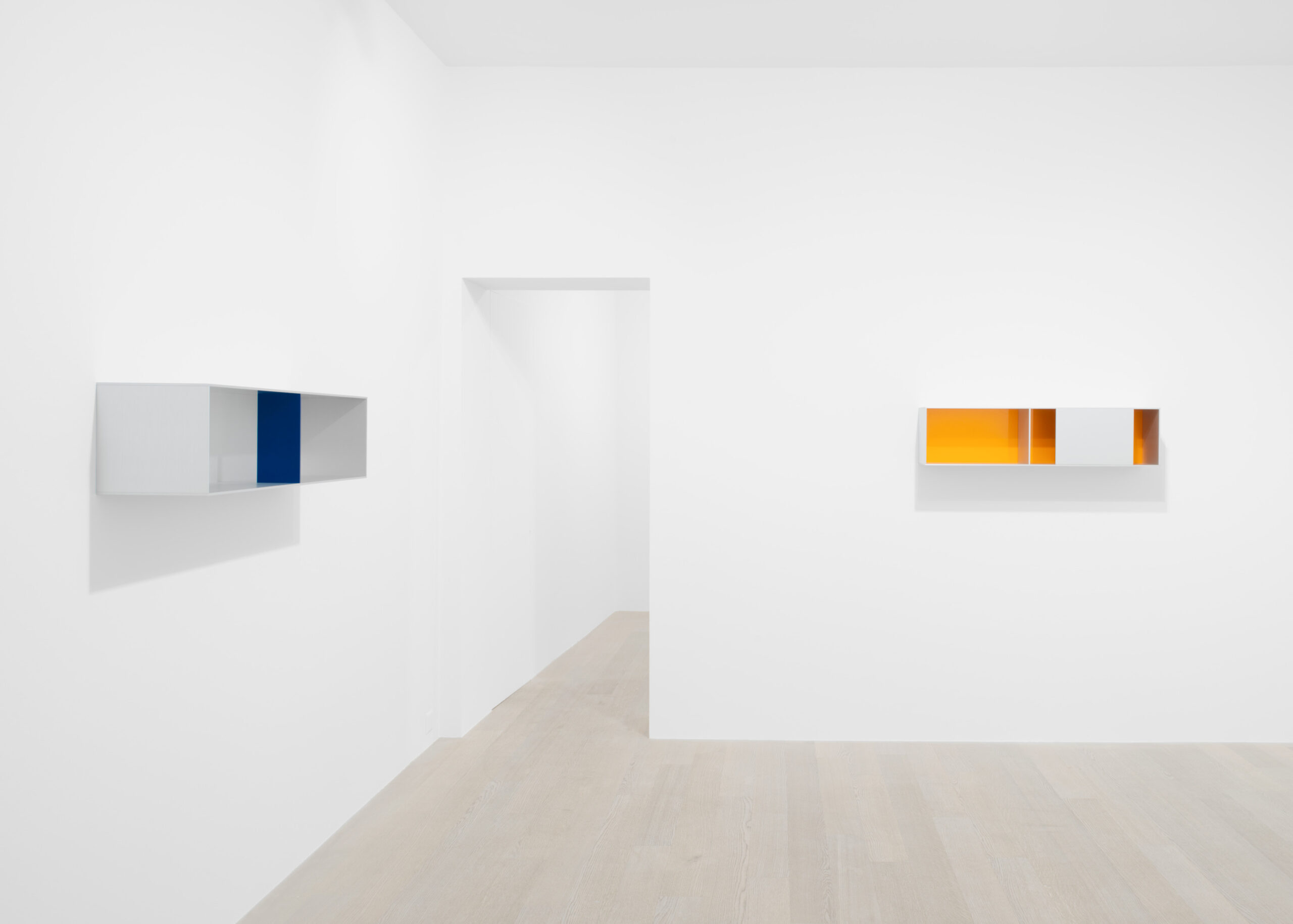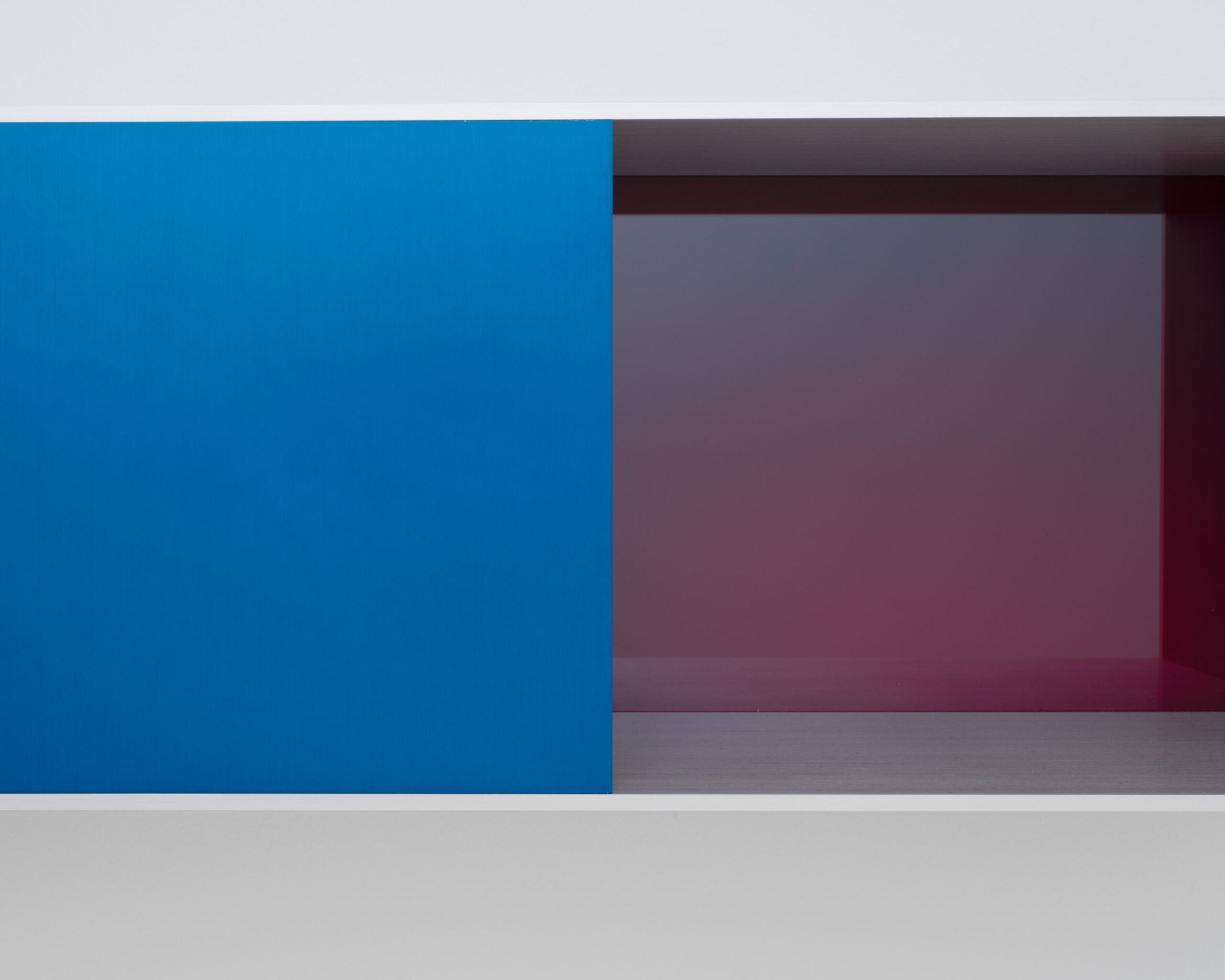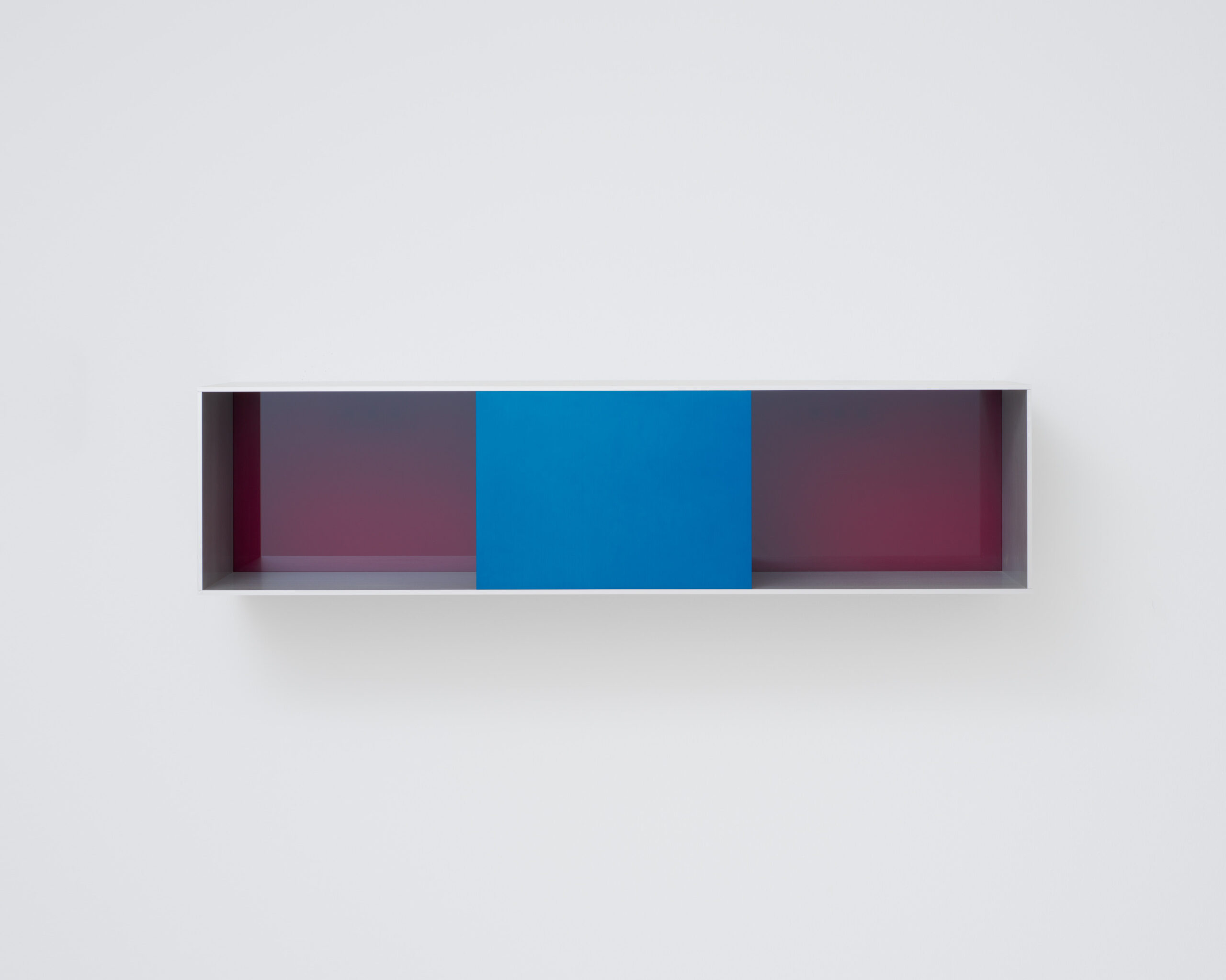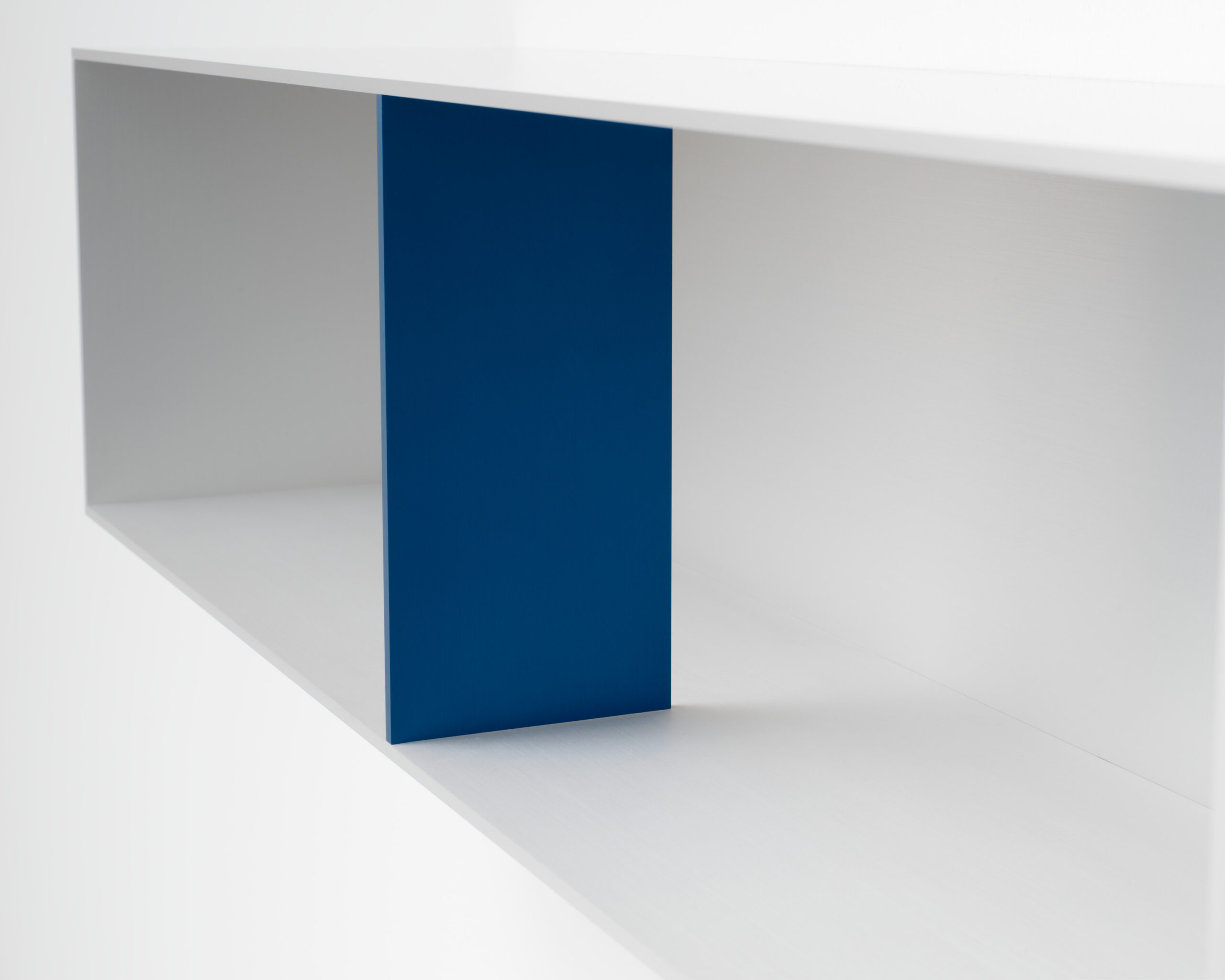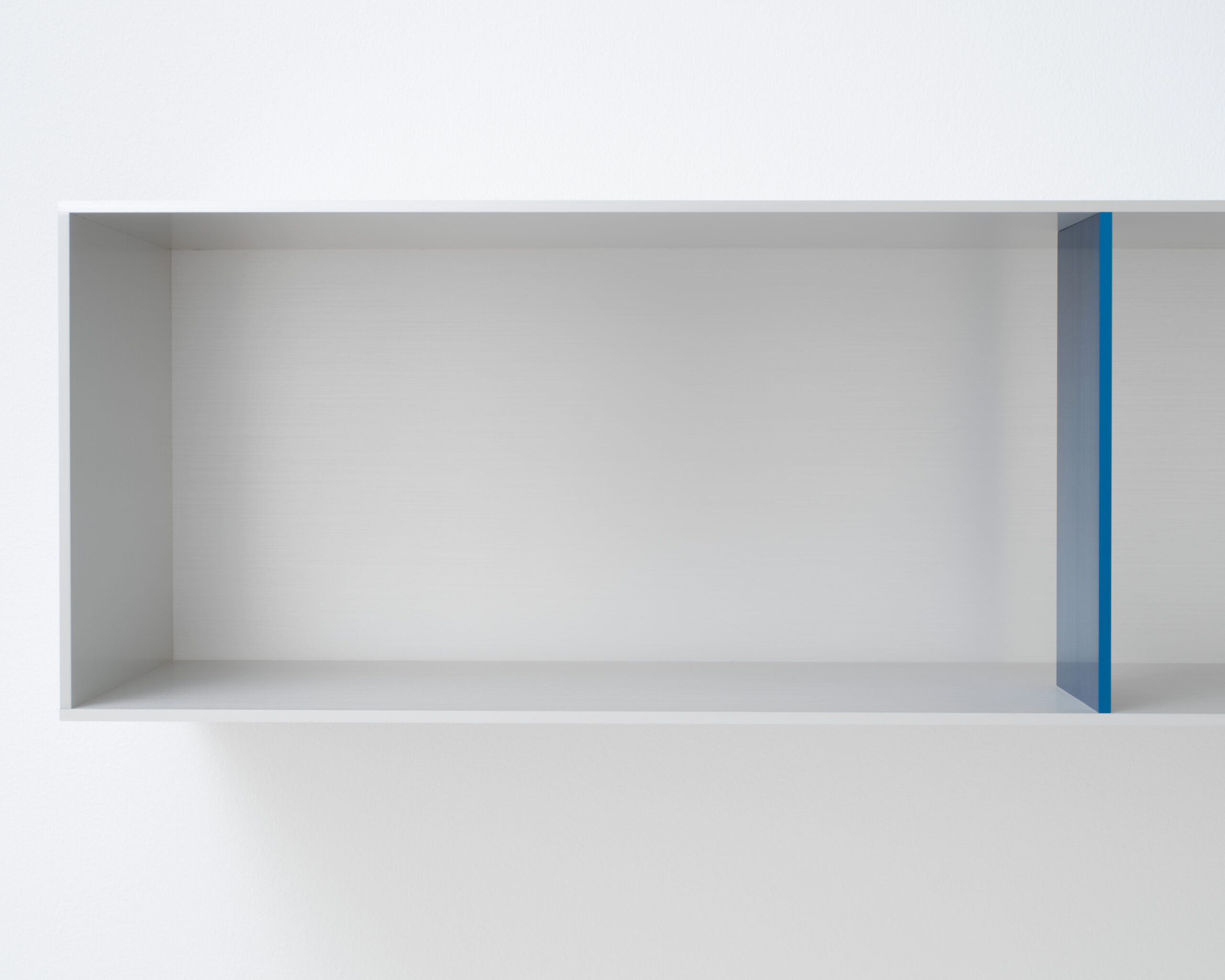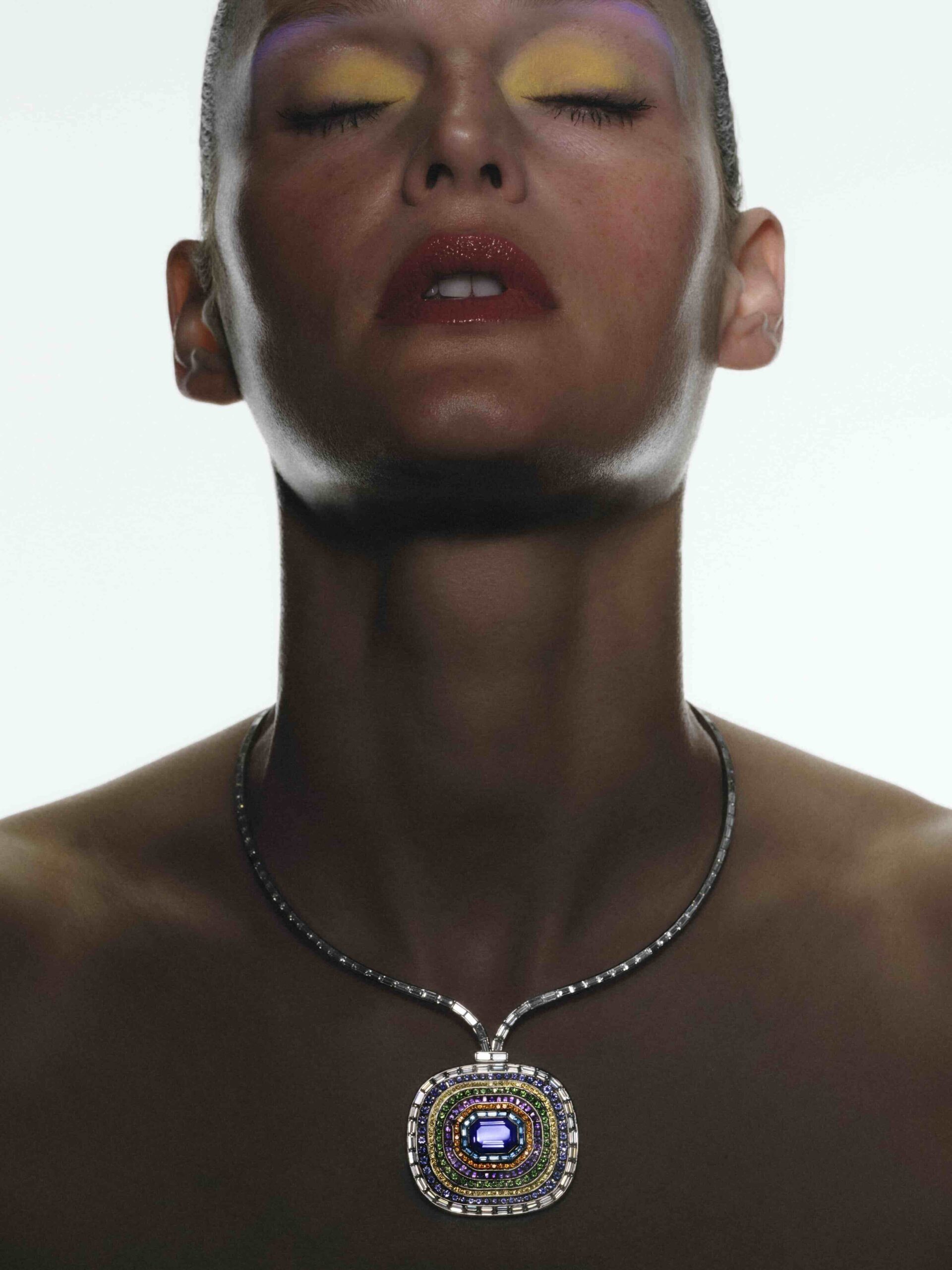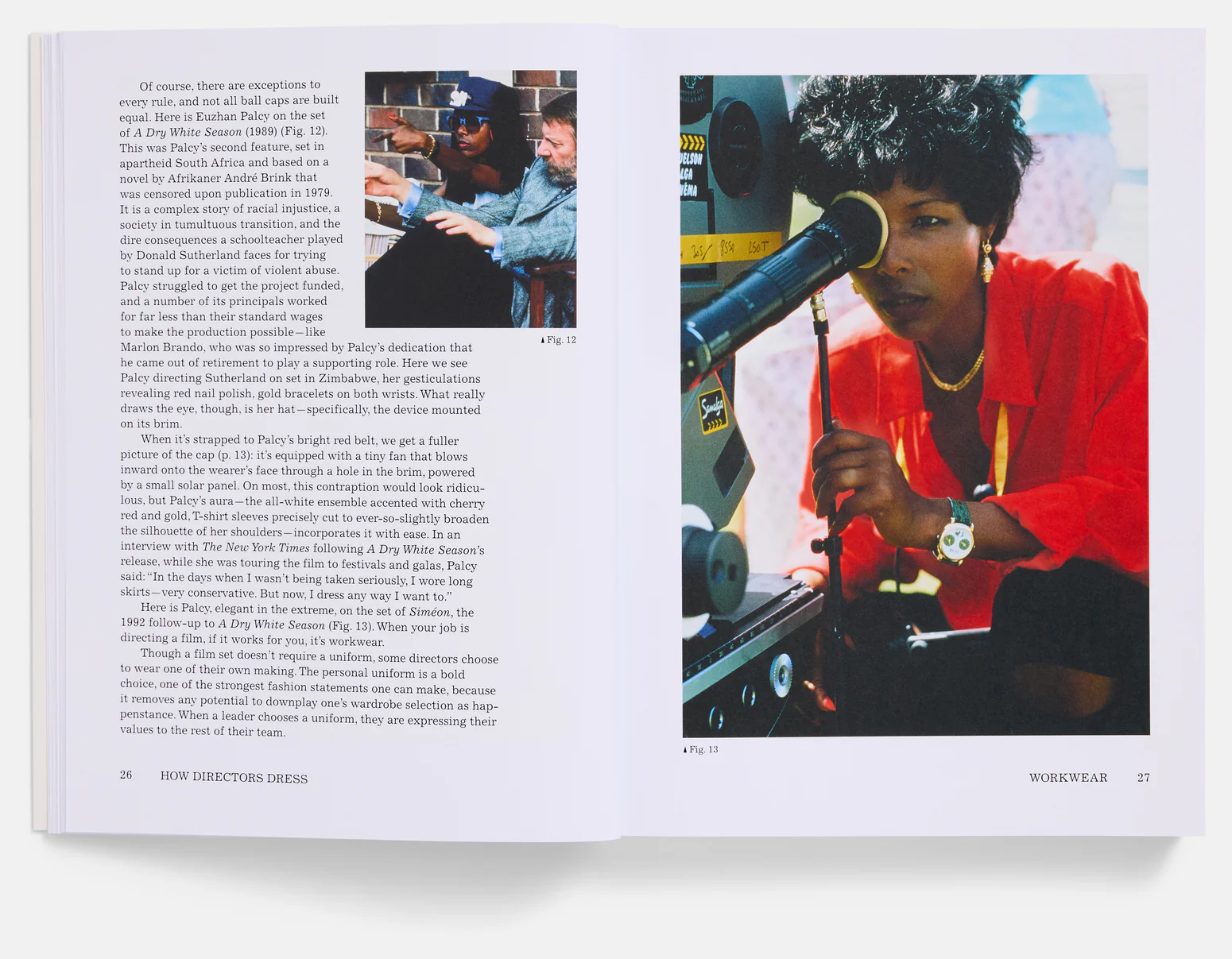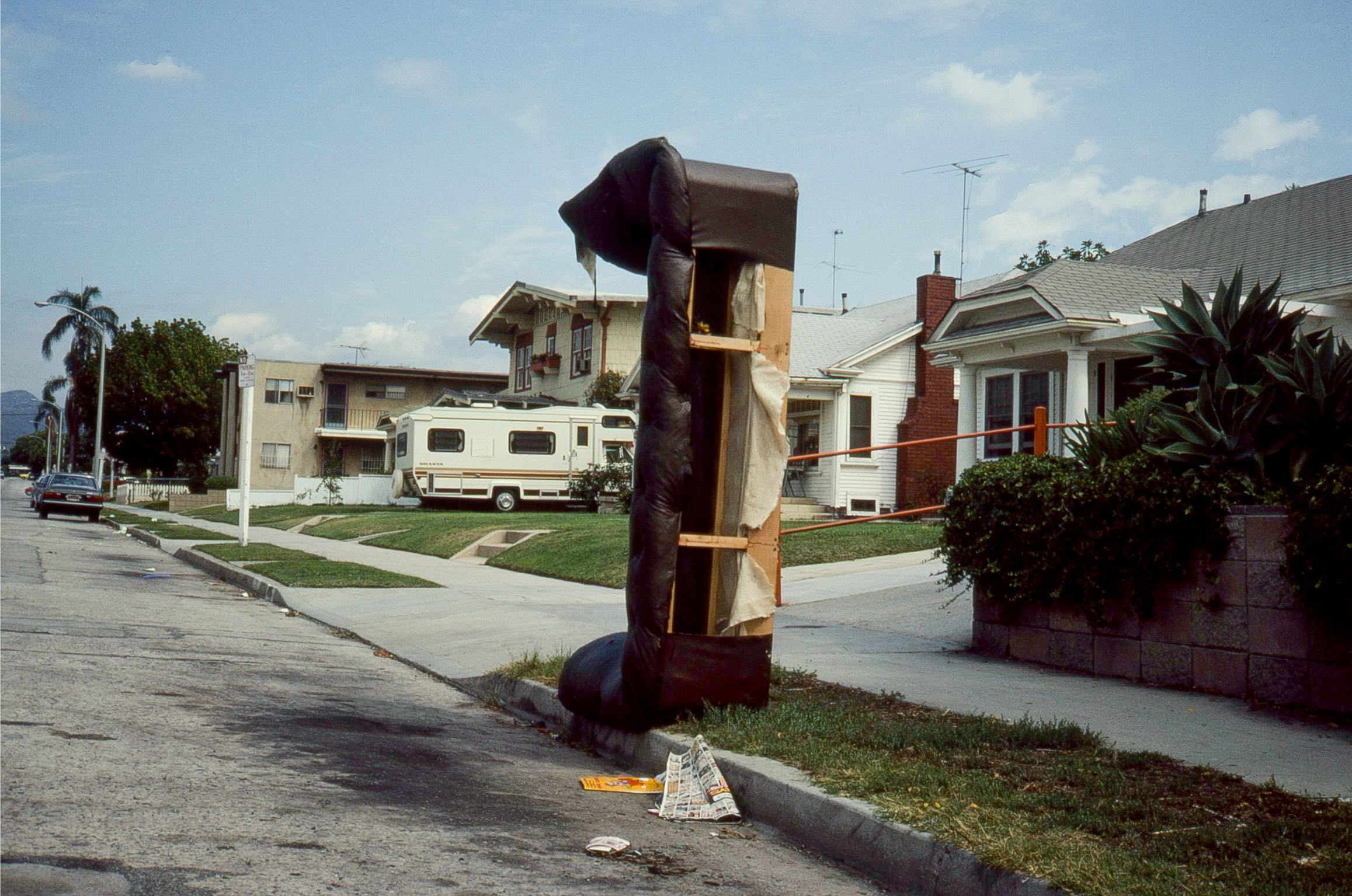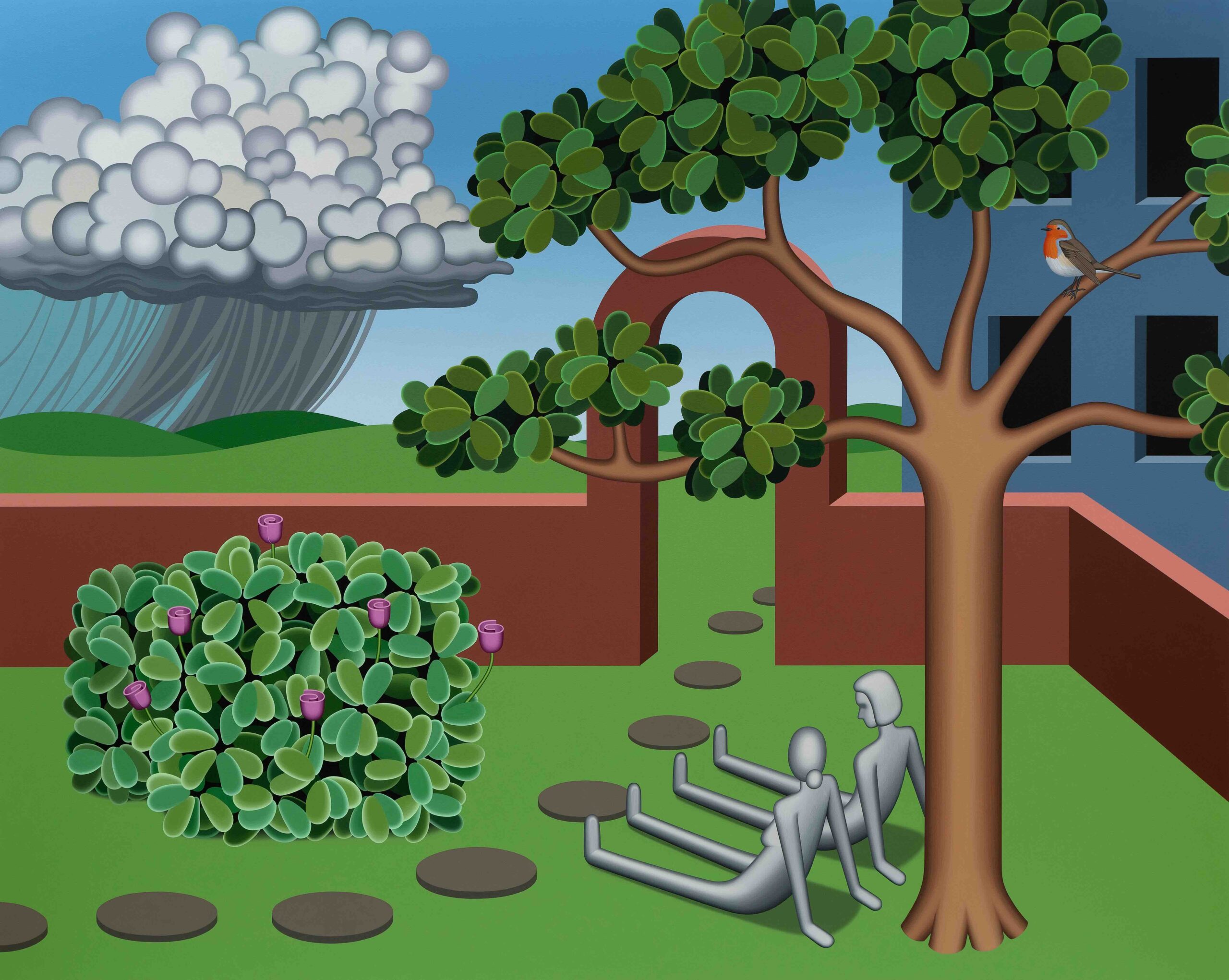Donald Judd
Gagosian, Rheinsprung 1, Basel
June 10 – September 7, 2024
On June 3, 1928, in Excelsior Springs, Missouri, Donald Clarence Judd was born. He studied philosophy and art history at Columbia University and painting at the Art Students League. From 1959 to 1965, he worked as an art critic – writing over a dozen reviews a month – and was a painter until the early 1960s, when he began creating three-dimensional works that changed the concept of art. Throughout his life, he advocated for the importance of artistic expression as part of the human experience: he wrote extensive treatises on land preservation, empirical knowledge, and engaged citizenship. Thirty years after his passing, Donald Judd remains one of the most significant artists of the twentieth century.
“Material, space, and color are the main aspects of visual art. Everyone knows that there is material that can be picked up and sold, but no one sees space and color”.
In the 1960s, Judd began exploring the possibilities offered by minimalist art, a movement characterized by works that eliminate any narrative or symbolic references to focus on form, color, and materials. His sculptures, often made with industrial materials such as metal, plexiglass, and wood, are known for their simple geometric shapes and attention to the relationship between the object, the surrounding space, and the viewer. These works aim to create a direct and immediate experience, free from preconceived interpretations. One of his most significant innovations was the abandonment of the traditional pedestal, allowing his sculptures to occupy the space of the floor or wall directly. This choice emphasizes the continuity between the artwork and the space in which it is placed, inviting the viewer to consider the environment as an integral part of the aesthetic experience.
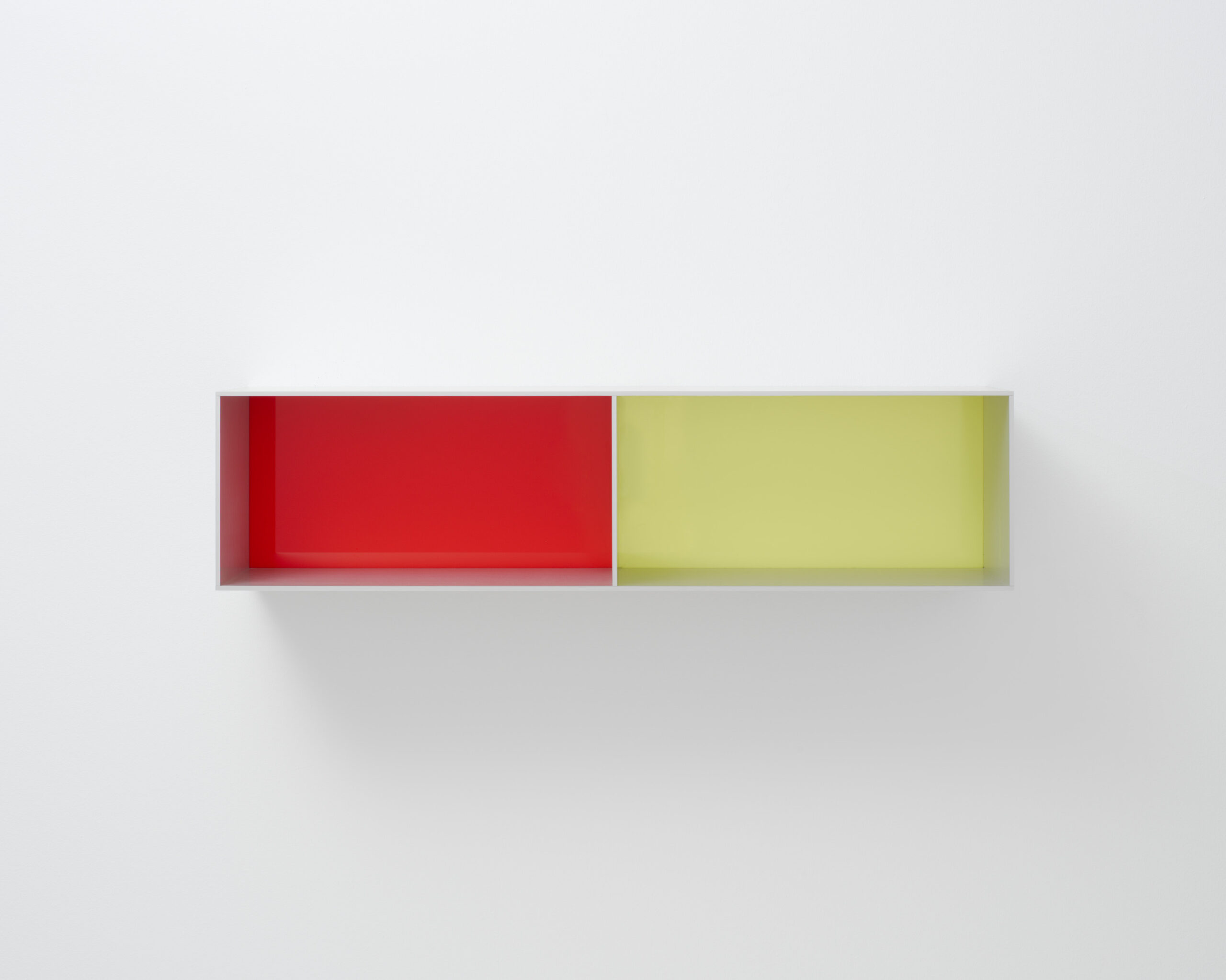
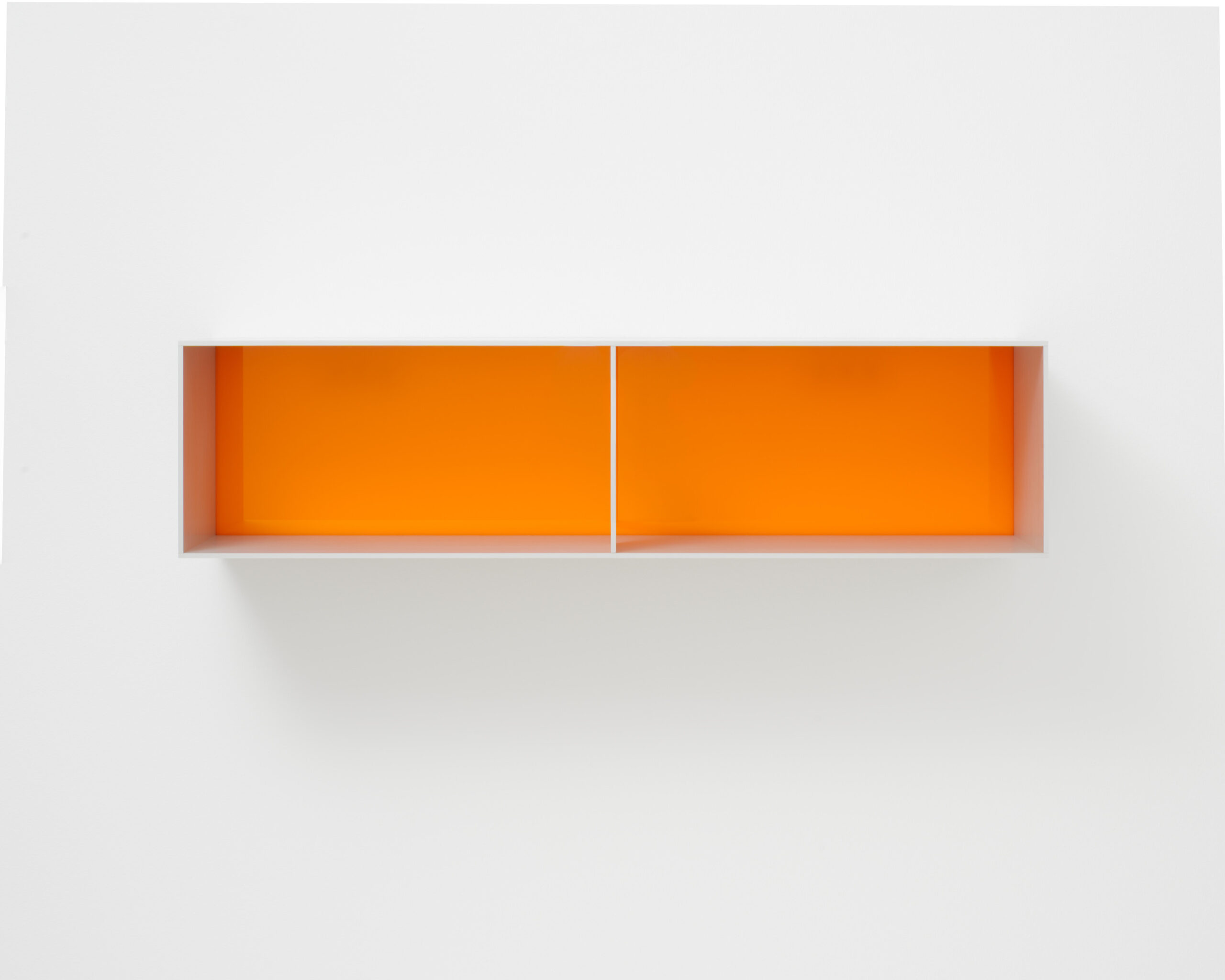
Starting on June 10 and continuing through September, Gagosian announces the opening of an exhibition dedicated to the works of Donald Judd in conjunction with Art Basel. The ten individual works on display, mounted on the wall, were created by the artist in Switzerland between 1987 and 1991. Each piece is made with materials typical of Judd’s practice: anodized aluminum and plexiglass sheets in a range of opacities and colors, from amber to red and chartreuse to black. Judd’s radical art and thought have helped shape the look of the late 20th century and continue to influence artists, architects, and designers worldwide. His work exerts a transformative impact on how art objects and practical designs are produced, displayed, encountered, and used. Through his globally recognized visual work and incisive critical and theoretical writings, Judd introduced an art that exists in decidedly physical terms, far removed from notions of metaphor and illusion, focused on the here and now, without recourse to narratives of the past.
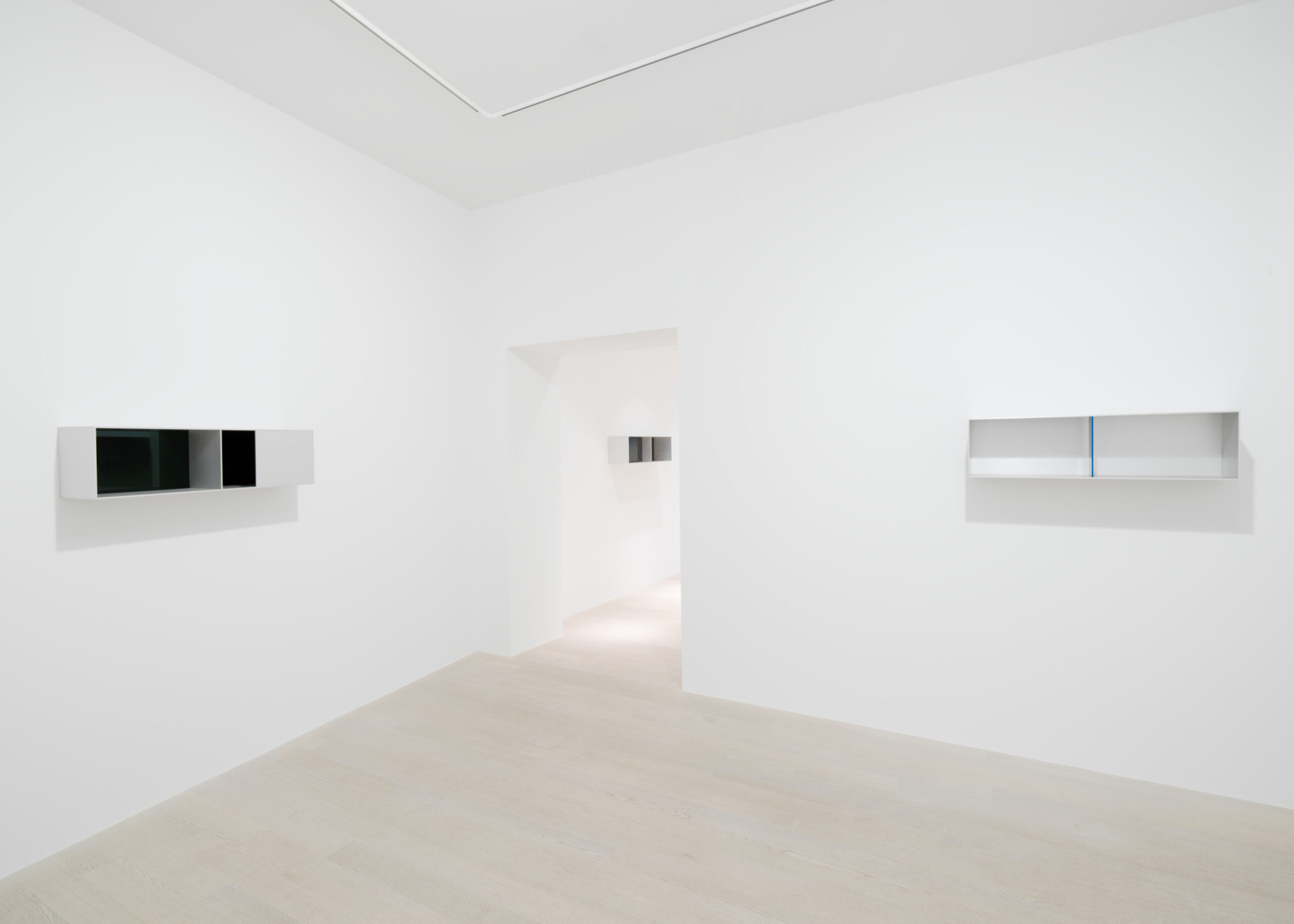
“It isn’t necessary for a work to have a lot of things to look at, to compare, to analyze one by one, to contemplate. The thing as a whole, its quality whole, is what is interesting. The main things are alone and are more intense, clear and powerful”.
Individually, each artwork delineates an internal created space and the external space it occupies; there are no identical works within the group. The works are defined by Judd’s interest in materials and color: never self-referential or self-sufficient, they emphasize the intrinsic qualities of their components and the relationship between part and whole. The uniform proportionality of their exteriors exists in relation to their internal divisions, as the matte luster of aluminum contrasts with the glossy or translucent plexiglass sheets positioned on the vertical surfaces of the works closest to the wall. The compositions are divided in two by aluminum sheets, and some works are divided by aluminum planes on their front surfaces. Orchestrating subtle and dramatic plays of light, shadow, and color, the works investigate space, color, and existence: for Judd, the primary concerns of art.
For further information gagosian.com.
